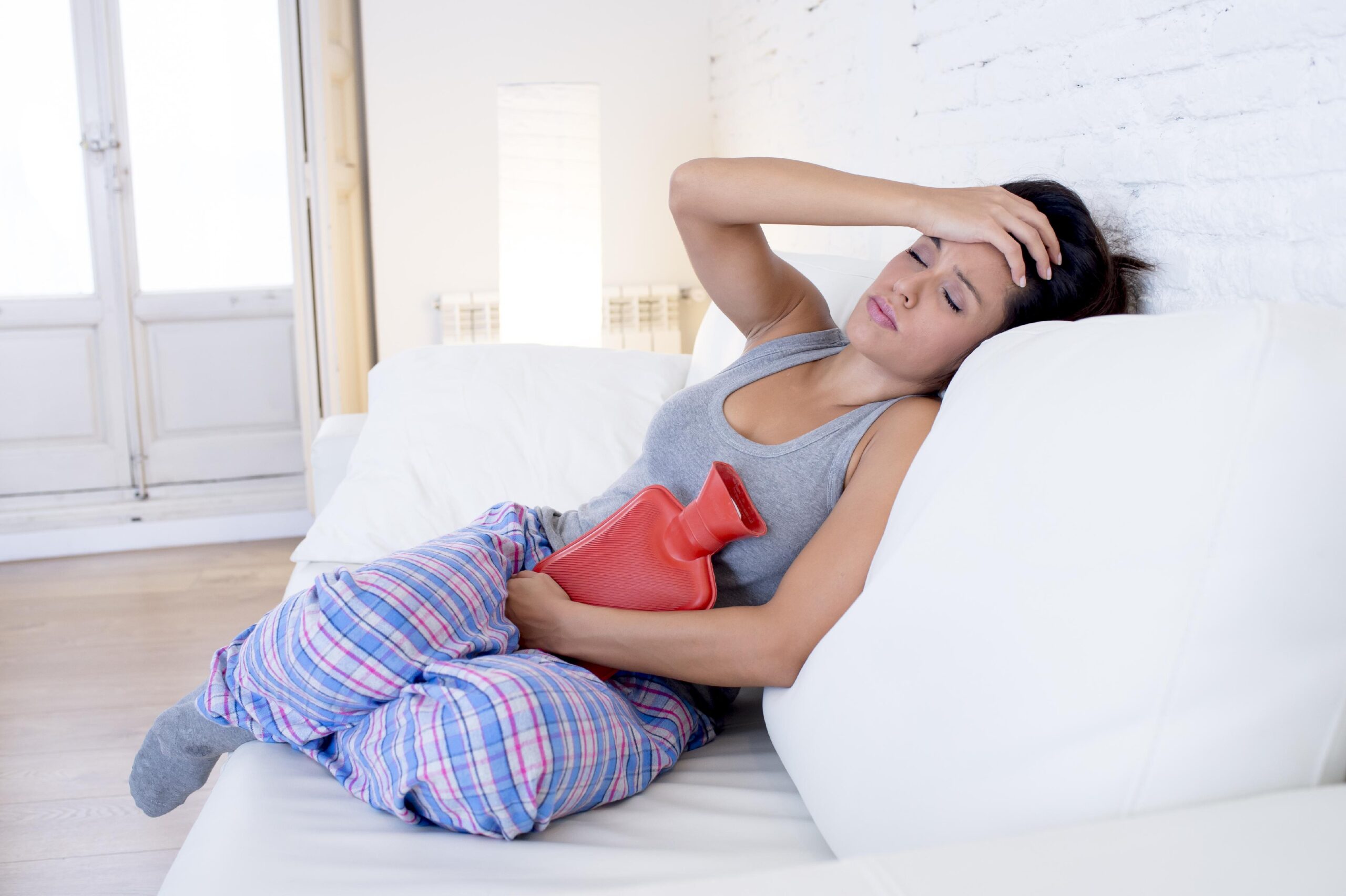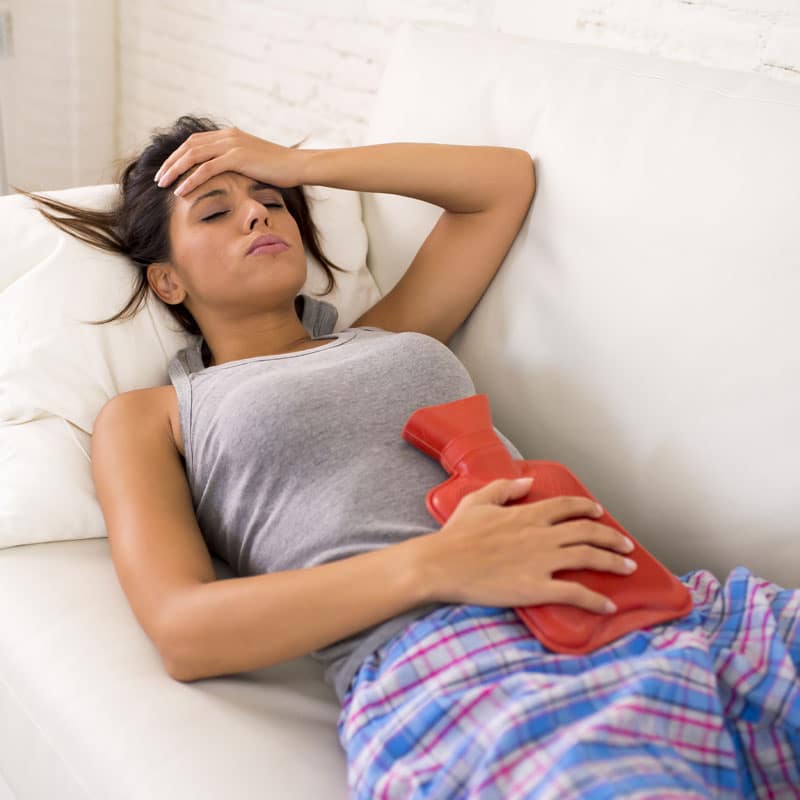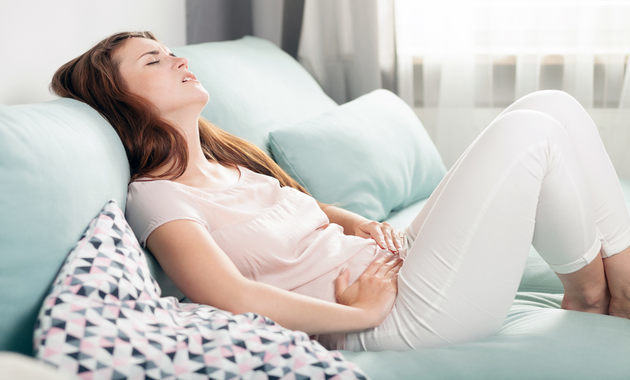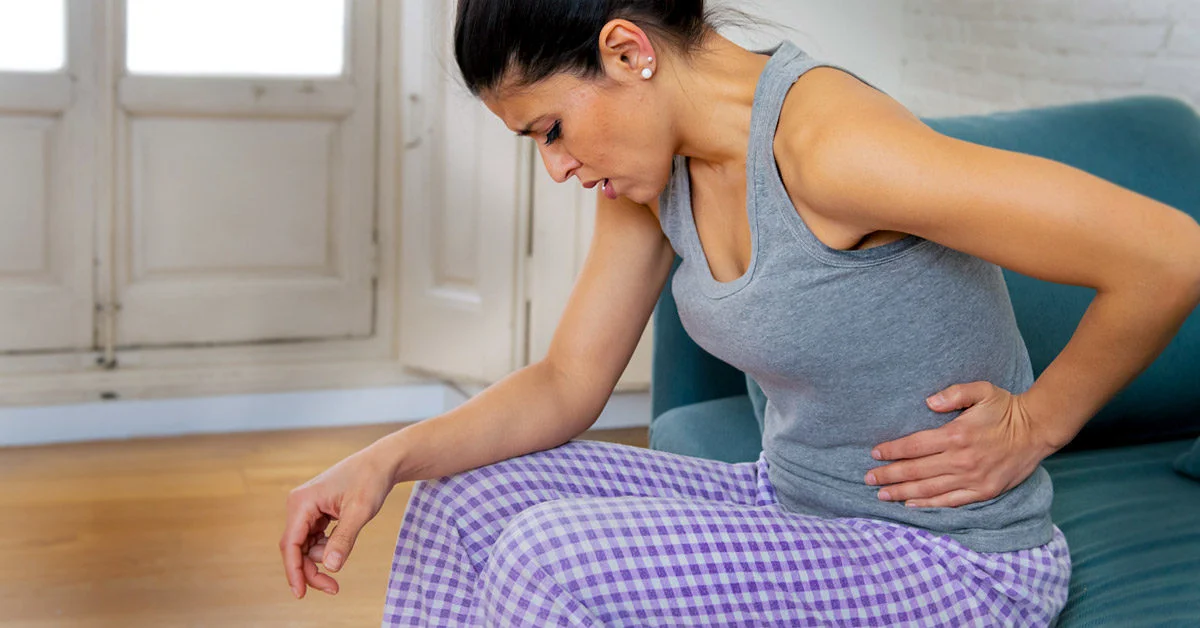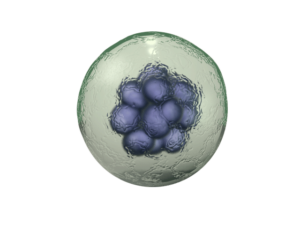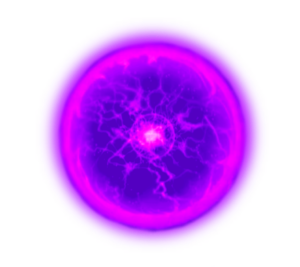What Are Menstrual Cramps?
Menstrual cramps, also known as dysmenorrhea, are painful contractions of the uterus that occur during a woman’s menstrual period. Menstrual cramps typically occur in the lower abdomen and pelvis and can range in severity from mild discomfort to severe pain.
The exact cause of menstrual cramps is not fully understood, but they are believed to be caused by the release of hormone-like substances called prostaglandins, which cause the uterus to contract and shed its lining. Women with higher levels of prostaglandins tend to experience more severe menstrual cramps.
Menstrual cramps can vary in duration and intensity, but typically last for a few days during a woman’s menstrual period. In addition to pain in the lower abdomen and pelvis, menstrual cramps can also cause other symptoms, such as:
- Back pain
- Nausea or vomiting
- Diarrhea or constipation
- Headaches
- Fatigue
Treatment options for menstrual cramps include over-the-counter pain relievers, such as ibuprofen or acetaminophen, as well as heat therapy, exercise, and relaxation techniques. In some cases, hormonal contraceptives or other. medications may be recommended by a healthcare provider to help manage menstrual cramps.



